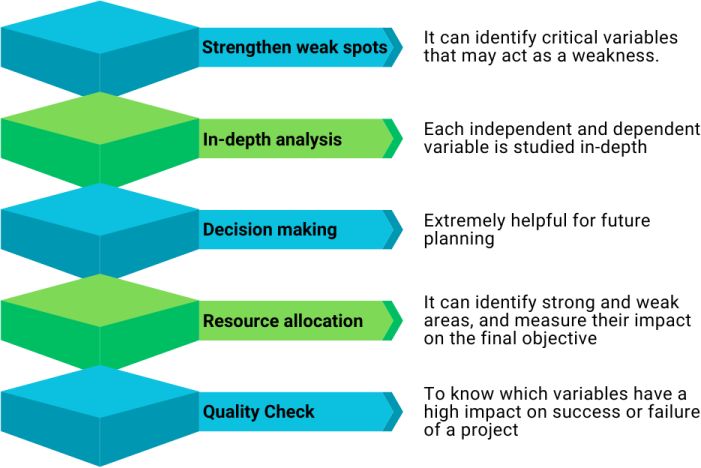Price
Sensitivity
Price sensitivity is the degree to which the price of a product influences customers’ buying practices. It describes how the demand changes with the cost of the product. It reflects the price elasticity of demand, which states that a few purchasers won’t pay more if a lower-priced alternative is accessible. The significance of price sensitivity changes compared with other buying criteria, so quality may rank over price.
Price sensitivity can be checked using any of the pricing strategy (models):
- Van Westendorp model –The Van Westendorp model, also known as the Price Sensitivity Meter (PSM), is a market research technique used to understand price sensitivity and determine an optimal pricing range for a product or service. It provides insights into consumer perceptions of price by asking respondents a series of questions related to their willingness to buy at different price points.
- Gabor Garner model – The Gabor-Granger model is a market research technique used to estimate the price elasticity of demand, which measures the responsiveness of consumer demand to changes in price. It helps businesses understand how changes in price may affect the demand for their products or services.
The standardized formula for measuring price sensitivity is:
Price Sensitivity = (Change in Quantity Purchased / Change in Price)*%
Benefits of price sensitivity analysis:
Influencers on price sensitivity:
- Price sensitivity analysis places a premium on understanding the opposition, the purchasing process, and the uniqueness of items in the market. For instance, buyers have lower price sensitivity if an item is one of its kind or has not many substitutes.
- Customers are less sensitive to price when the absolute cost is low in comparison to their total income. When the cost is shared, buyers have less price sensitivity. Individuals going together as a group to a gathering/picnic may share one lodging, making them less touchy to the lodging rate.
- They have less price sensitivity when the product or service is seen as renowned, select, or having a high caliber.
- Customers have less price sensitivity when a product or service is utilized alongside something they effectively possess. For example, when individuals pay to join a club, they are commonly less touchy to paying for other club administration charges.
Businesses can assess price sensitivity through market research, surveys, and pricing experiments. This information helps them determine the optimal pricing strategy, such as setting prices to maximize revenue, attract price-sensitive customers, or create pricing tiers to cater to different segments of customers.

